-

What Is Copper Ion Fiber?
Copper ion fiber is a kind of synthetic fiber containing copper element, which has good antibacterial effect. It belongs to artificial antibacterial fiber. Definition Copper ion fiber is antibacterial fiber. It is a kind of functional fiber, which can interrupt the spread of disease. There is na...Read more -
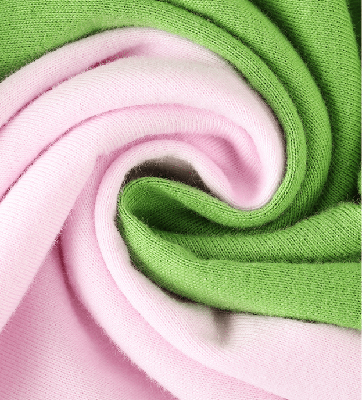
The Differences and Characteristic between Artificial Cotton and Cotton
The Differences between Artificial Cotton and Cotton Artificial cotton is commonly known as viscose fiber. Viscose fiber refers to α-cellulose extracted from cellulose raw materials such as wood and plant ligustilide. Or it is the artificial fiber that uses cotton linter as raw material to proces...Read more -
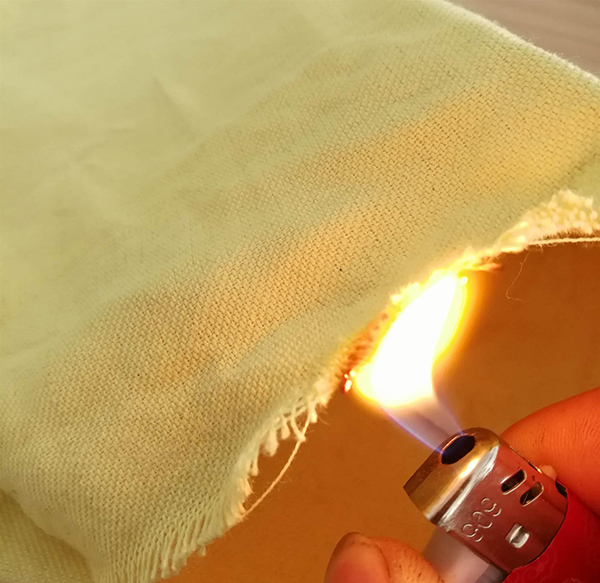
Flame-Retardant Fabric
In recent years, the research and development of flame-retardant textile have increased gradually and made considerable progress. With the rapid development of urban modernization construction and the development of tourism and transportation, as well as the increasing demand for export textiles,...Read more -
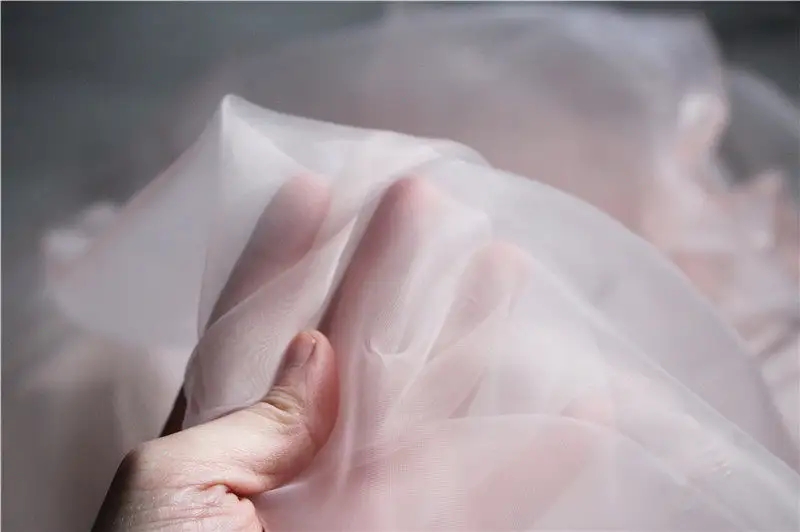
What Is Organza?
Organza is a kind of chemical fiber fabric, which is generally transparent or translucent fine gauze. It is often used to cover on satin or silk. Silk organza is more expensive, which has certain hardness. Also it has smooth hand feeling that will not hurt skin. So silk organza is mostly used for...Read more -
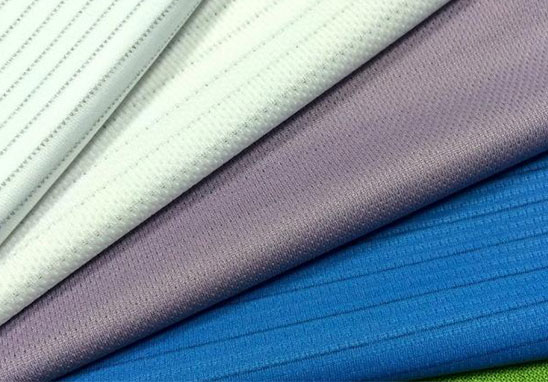
What are the differences between functional fiber fabrics?
1.High-temperature resistant and flame retardant fiber Carbon fiber is resistant to high temperature, corrosion and radiation. It is widely used as structural material for air material and architectural engineering. Aramid fiber is resistant to high temperature and flame retardant and has high to...Read more -
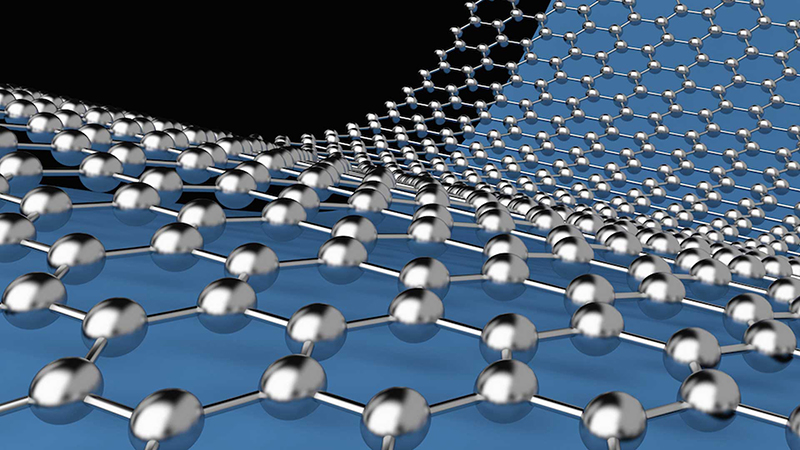
The Functions of Graphene Fiber Fabric
1.What is graphene fiber? Graphene is a two-dimensional crystal that is only one atom thick and made up of carbon atoms stripped out of graphite materials. Graphene is the thinnest and strongest material in nature. It is 200 times stronger than steel. Also it has good elasticity. Its tensile ampl...Read more -
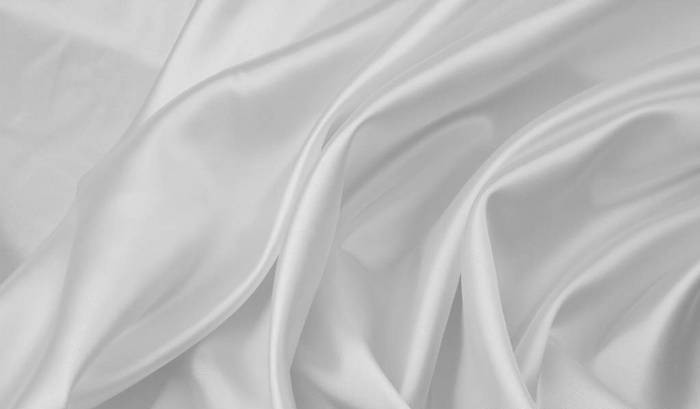
The Reasons and Solutions of Textile Yellowing
Under the external condition, as light and chemicals, white or light color material will have surface yellowing. That is called “Yellowing”. After yellowing, not only the appearance of white fabrics and dyed fabrics is damaged, but also their wearing and using life will be greatly red...Read more -
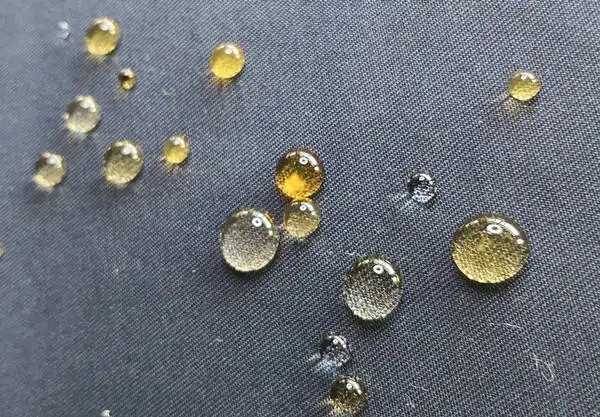
The Purposes and Methods of Textile Finishing
Purposes of Textile Finishing (1) Change the appearance of fabrics, as sand finishing and fluorescent brightening, etc. (2) Change the handle of fabrics, as softening finishing and stiffening finishing, etc. (3) Improve dimensional stability of fabrics, as tentering, heat setting finishing ...Read more -
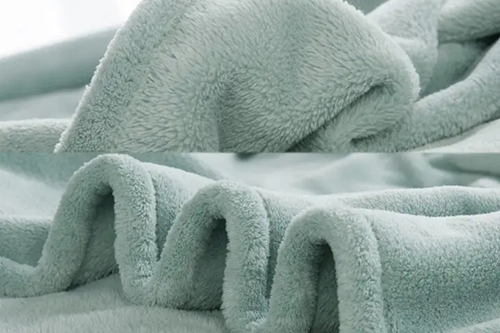
What Are the Differences among Polar Fleece, Sherpa, Corduroy, Coral Fleece And Flannel?
Polar Fleece Polar fleece fabric is a kind of knitted fabric. The nap is fluffy and dense. It has the advantages of soft handle, good elasticity, heat preservation, wear resistance, no hair slip and moth proofing, etc. But it is easy to generate static electricity and adsorb dust. Some fabrics wi...Read more -
Textile TerminologyⅡ
Yarns Cotton, Cotton Mixed & Blended Yarns Cotton Yarns Woollen Yarn Series Cashmere Yarn Series Wool (100%) Yarns Wool/Acrylic Yarns Silk Yarn Series Silk Noil Yarns Silk Threads Halm Yarn Series Linen Yarn Series Plant Yarns Manmade & Synthetic Yarns Acrylic Yarns Sunday Angora Yarns Po...Read more -
Textile TerminologyⅠ
Textile Raw Materials Plant Fibers Cotton Linen Jute Sisal Woollen Fibers Wool Cashmere Manmade & Synthetic Fibers Polyester Polyester Filament Yarns Polyester Staple Fibers Viscose Rayon Viscose Rayon Filament Yarns Polyproplyene Chemical Fibers Fabrics Cotton, Cotton Mixed & Blended Fa...Read more -
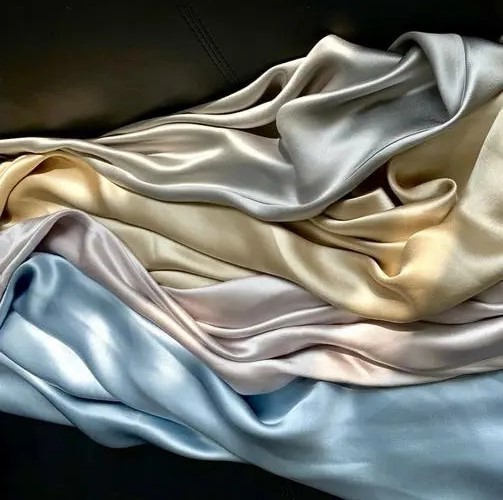
About Acetate Fiber
The Chemical Properties of Acetate Fiber 1.Alkali resistance Weakly alkaline agent almost has no damage to acetate fiber, so the fiber has very little weight loss. If in strong alkali, acetate fiber, especially the diacetate fiber, is easy to have deacetylation, which lead to weight loss and the ...Read more

